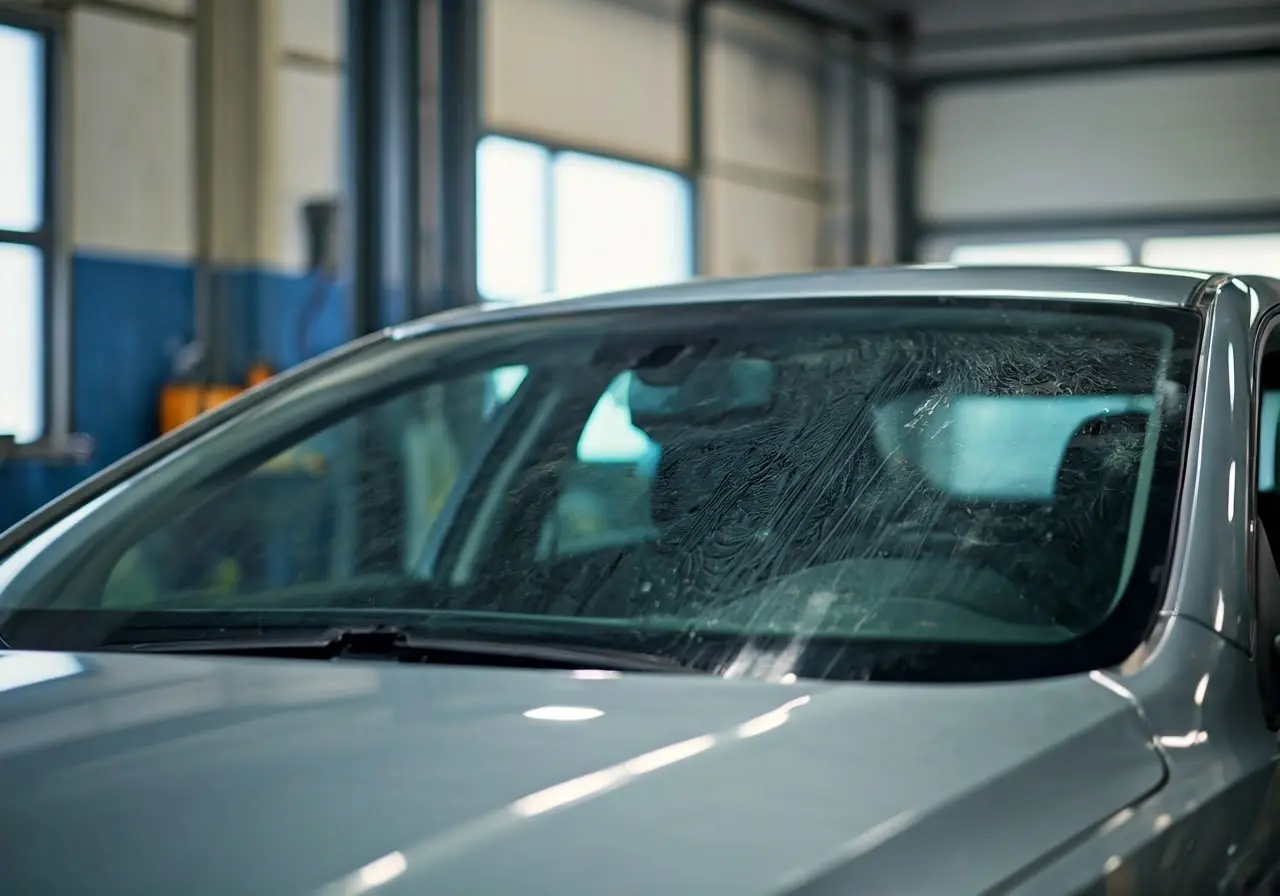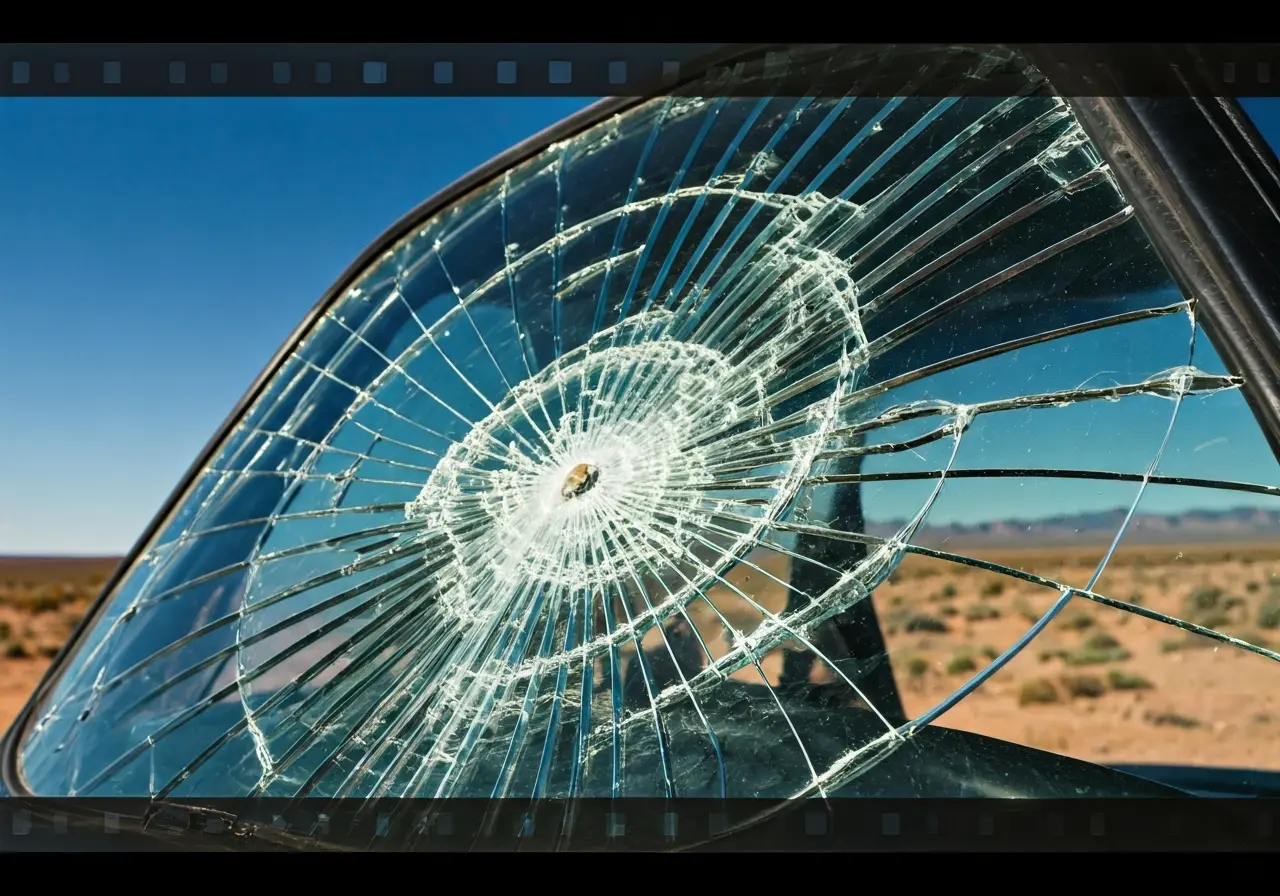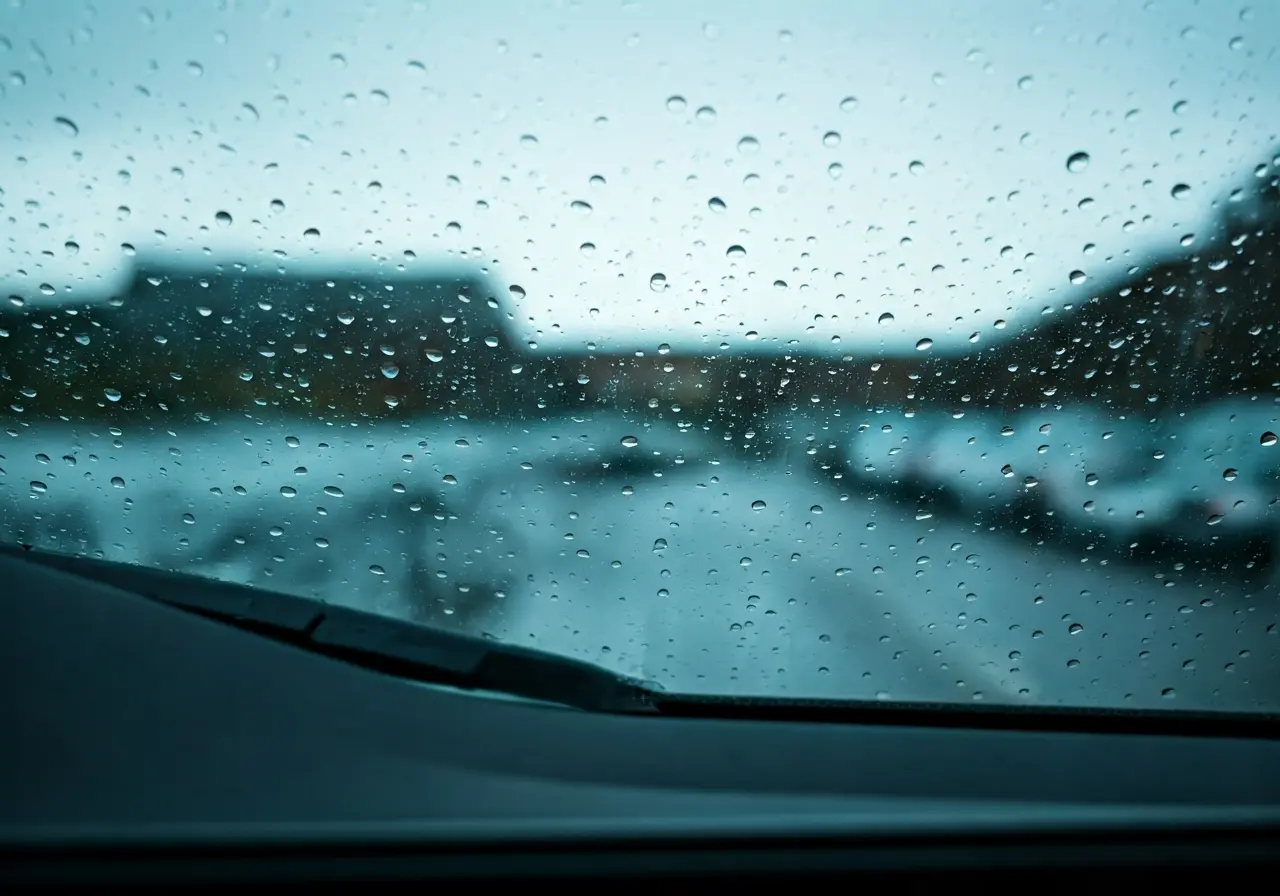Many modern vehicles come equipped with Advanced Driver Assistance Systems (ADAS) which enhance vehicle safety through features like lane departure warnings and automatic braking. After a windshield replacement, it’s common to wonder if it’s necessary to recalibrate these systems. This FAQ aims to clarify that concern and guide you through the necessary steps.
What is ADAS and Why is Recalibration Necessary?
ADAS includes systems like adaptive cruise control and collision avoidance, all reliant on precise sensor readings. Recalibration ensures these systems function correctly, particularly after changes such as a windshield replacement, where sensors might be displaced. The windshield isn’t just a barrier against the elements; it’s integral to the functionality of ADAS. A slight shift in the windshield can lead to sensor misalignment, causing these systems to falter in critical moments.
Advanced Driver Assistance Systems (ADAS) represent a significant advancement in vehicle safety technologies. They operate using cameras and sensors often embedded in and around the windshield, making accurate recalibration vital after any glass replacement. According to an insightful perspective from D&S Glass Service, overlooking recalibration can jeopardize system reliability and thus, travel safety.
Consequences of Skipping ADAS Recalibration
Ignoring recalibration can lead to faulty or inefficient ADAS operation, jeopardizing safety. Incorrect sensor information might cause features to malfunction, potentially leading to dangerous driving situations. When ADAS isn’t functioning properly, it may lead drivers to develop a false sense of security, undermining the vehicle’s safety systems.
Forbes highlights the significant risks associated with driving without ADAS recalibration after a windshield replacement. Malfunctions can result in inaccurate lane-keeping alerts, misjudged distances in adaptive cruise controls, and even erratic automatic emergency braking. Such misalignments can not only endanger drivers and passengers but also implicate them legally in the event of an accident.
When to Recalibrate After a Windshield Replacement
It’s recommended to recalibrate ADAS immediately following a windshield change. This ensures the system’s functionality is up to standard and that you’re driving with all safety features fully operational. Failing to do so promptly might leave drivers unaware of potential malfunctions until an emergency situation arises.
Recalibration should be part of standard windshield replacement procedures to align ADAS systems accurately. If you encounter dash warnings or notice ADAS features not functioning as expected, seek immediate recalibration. These are key signals indicating the necessity for recalibration.
How is ADAS Recalibration Performed?
Recalibration procedures vary by vehicle make and model but generally involve specialized equipment and skillful adjustment. Ensuring qualified professionals conduct the recalibration is crucial for accurate results. Dynamic recalibrations, for instance, require technicians to conduct tests while driving the vehicle to ensure systems are recalibrated according to manufacturer specifications.
For a better understanding of the recalibration process, check the comprehensive windshield Calibration guide provided by Big Time Glass. It explains how the process can differ between static and dynamic methods based on the specific systems integrated into your vehicle. Employing experts ensures that your vehicle’s ADAS features function as intended, maximizing safety and reliability.
Cost and Time Considerations for Recalibration
Recalibration can be an additional expense and might require some time, but this investment is minor compared to the safety benefits and potential costs of safety feature failures. Many drivers find the cost negligible when weighed against the potential for serious accidents caused by ADAS malfunctions.
It’s worth exploring the trends in auto glass technology to understand how advancements are shaping the field. As ADAS technology becomes standard in more vehicles, recalibration services are expected to become more widely available, which could impact pricing and timing.
Final Thoughts on ADAS Recalibration
In conclusion, while it might be tempting to drive without recalibrating your vehicle’s ADAS after a windshield change, it’s not a risk worth taking. Ensuring your ADAS is accurately calibrated is pivotal for your safety and the optimal functioning of your vehicle’s advanced safety features. For more details on how to keep your vehicle in top condition, visit Big Time Glass.



